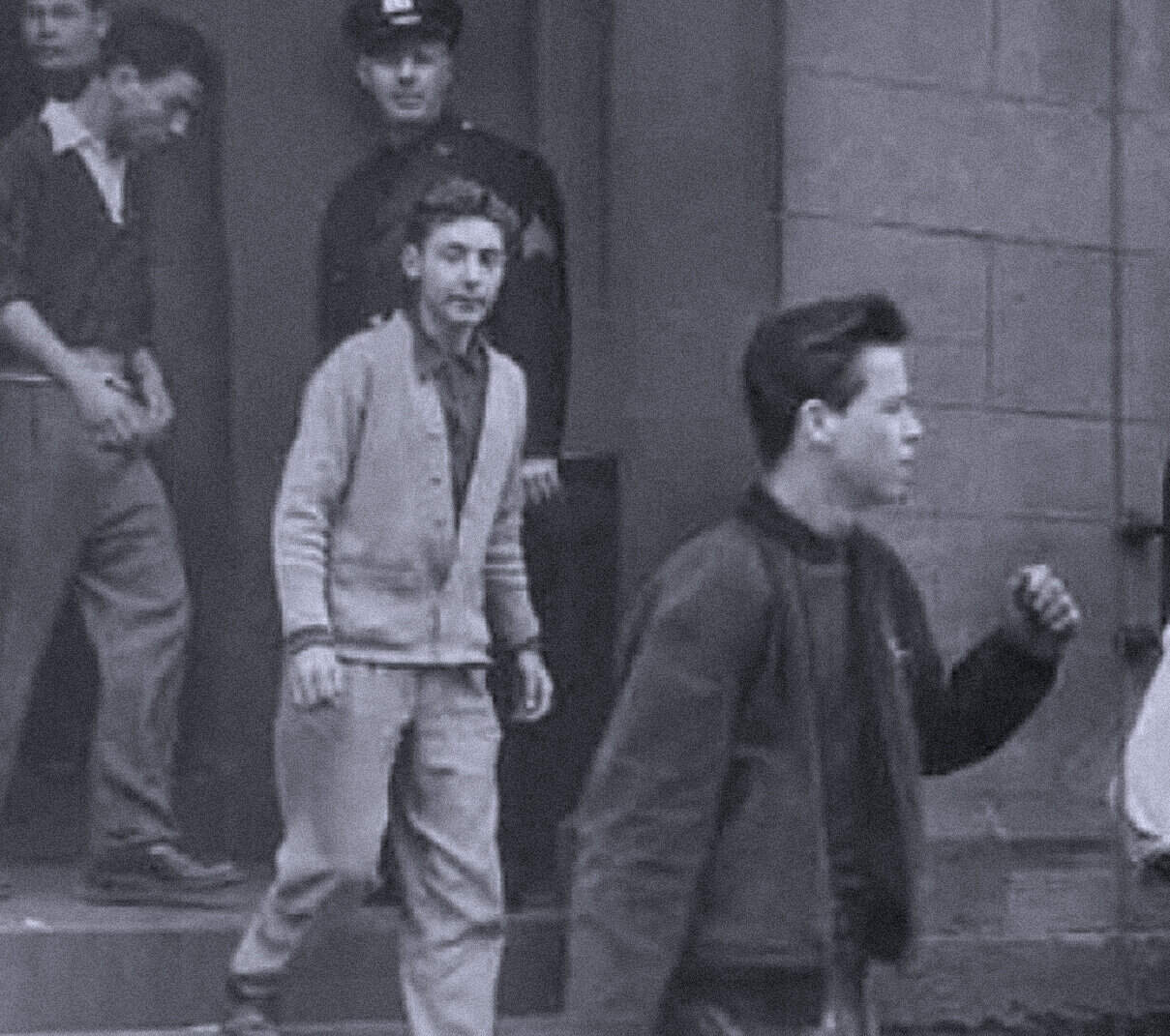
 |
[laterpay_premium_download target_post_id=”46562″ heading_text=”Download For $1.99:” description_text=”1952 – CBS Radio: The People Act – Reorganizing the Juvenile Justice System – Gordon Skene Sound Collection” content_type=”link”] |
Subscribers get perks: Become a Patron!
From the sounds of this radio documentary (and the articles about it written around that time), the juvenile justice system was historically broken, in need of overhaul and deadly. As is evidenced by this 1952 episode of the CBS Radio series The People Act, an incident which took place at a juvenile facility in Washington State served as the catalyst for an uproar and an eventual addressing to an issue that had been out of control for quite some time. For a little background on the situation and the situation surrounding this documentary, Time Magazine ran an article in the issue of February 5, 1945:
During his stay in the bare, barred “juvenile tank” of Seattle’s
King County Jail, 16-year old John Emberg often wished he were
dead. He was a dull, shy slack-chinned boy. When a tough red
head named Chuck Thomas forced other boys to fight him, he backed
away, posturing timidly. When he was beaten with shoes and belts,
he wept.
Sometimes he screamed with pain. One night he was tied, head
down, against the bars, and left with lighted cigarets between his
toes. Jailers never bothered to investigate, and he was too terrified
to complain. But last week, after he had been found dead in the
tank’s shower room, his teen-age cellmates callously told his story
for him:
“A boy named Don took a dollar bill out of Emberg’s pocket.
Then Red Thomas asked him, ‘Where’s my dollar?’ Emberg said, ‘The
other boys got it.’ Red went in and got a shower handle and put
it in his hand, under his glove, and began socking the boy. Red
said grab his arms. A couple of boys grabbed his arms and Earl
stepped on his leg. Then Red hit him in the nose and mouth until
he was bleeding. Then Red told him to take a shower, and Red ate
dinner.
“After dinner Red made Emberg stand there. The boy kept putting his hands up in front of his face.
Red kept making him take them down, and then hitting him. Red knocked him down and
kneeled on him. The boy said not to hit him in the face any more.
Red said, ‘Don’t worry, we won’t.’
“So he and some others started hitting him over the heart. Milton
and I forget who the other one was burned his feet with matches.
They let him lay for a while. One of the boys started to give him
artificial respiration but Red said not to, to let him die. Then his
face turned white and then purple and he died.
“They dragged him into the shower place and Red gave a couple
of little boys some socks so they wouldn’t squeal. Then the rest of
the boys started fooling around, wrestling, boxing and stuff like
that.”
— Time Magazine, February 5, 1945.
The article gave only scant details, but what was important was the incident itself and the scandal that erupted over the Juvenile Justice System because of it. In 1952, as the art of the Radio Documentary was becoming more sophisticated, the CBS team were able to dig a bit deeper into the story – and even though some (or much) of it was recreated (since the incident and the trial took place in 1945 and this documentary was some 7 years later) it lent an added air of urgency and exposed a deeply troubling issue within our justice system. And since this series, funded by The Ford Foundation was centered around the actions of the community, it was the perfect representation of how community outrage was set into positive motion, and even though it was old news, the Radio Documentary form, with field tape recordings added an extra immediacy to the subject matter.
Needless to say, with YouTube, streaming video, blogs and 24 hour cable news cycles, this form of audio-only documentary is sadly, a thing of the past, and maybe the flourishes of dramatic music add a level of pretentiousness to the proceedings, it was still an important milestone in the area of information gathering – and set up a few templates that have been applied to visual media since.
But in 1952, people were still listening to the radio – and this is what they were hearing.





